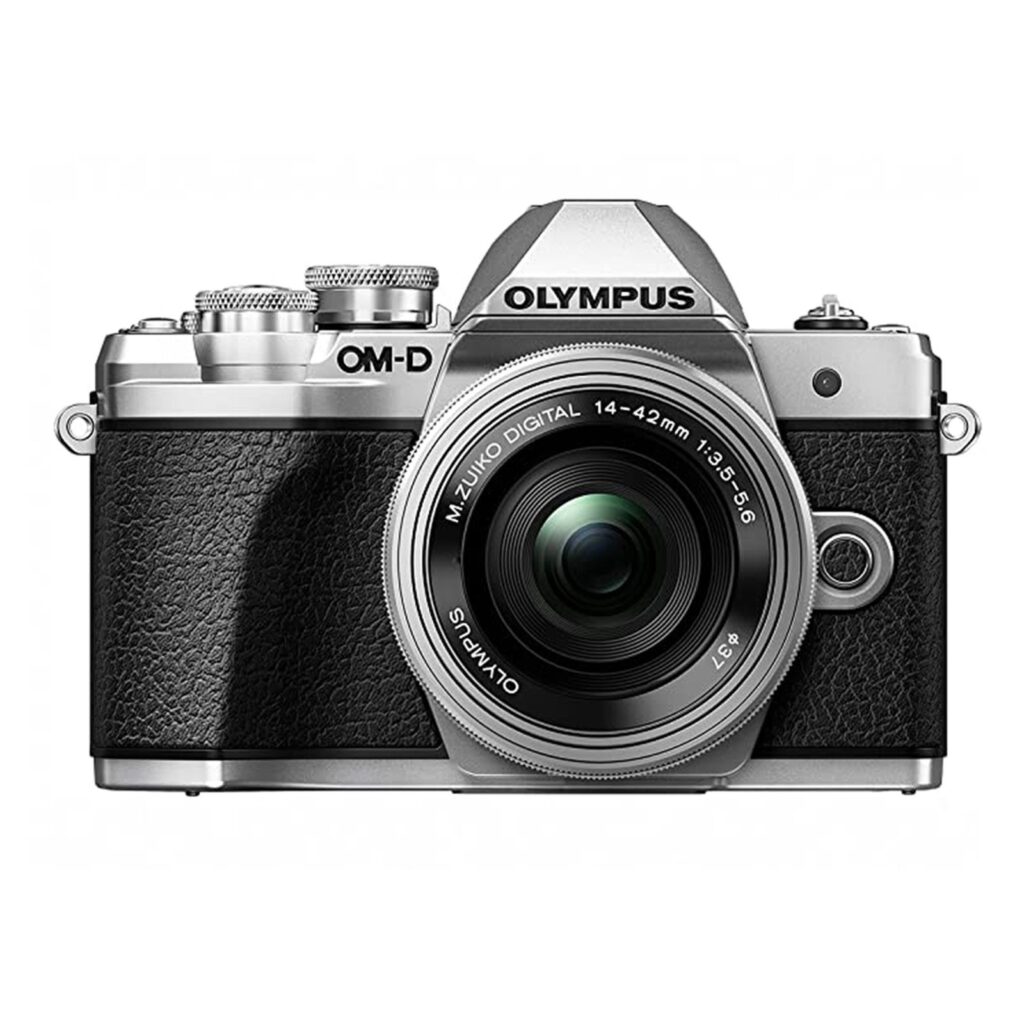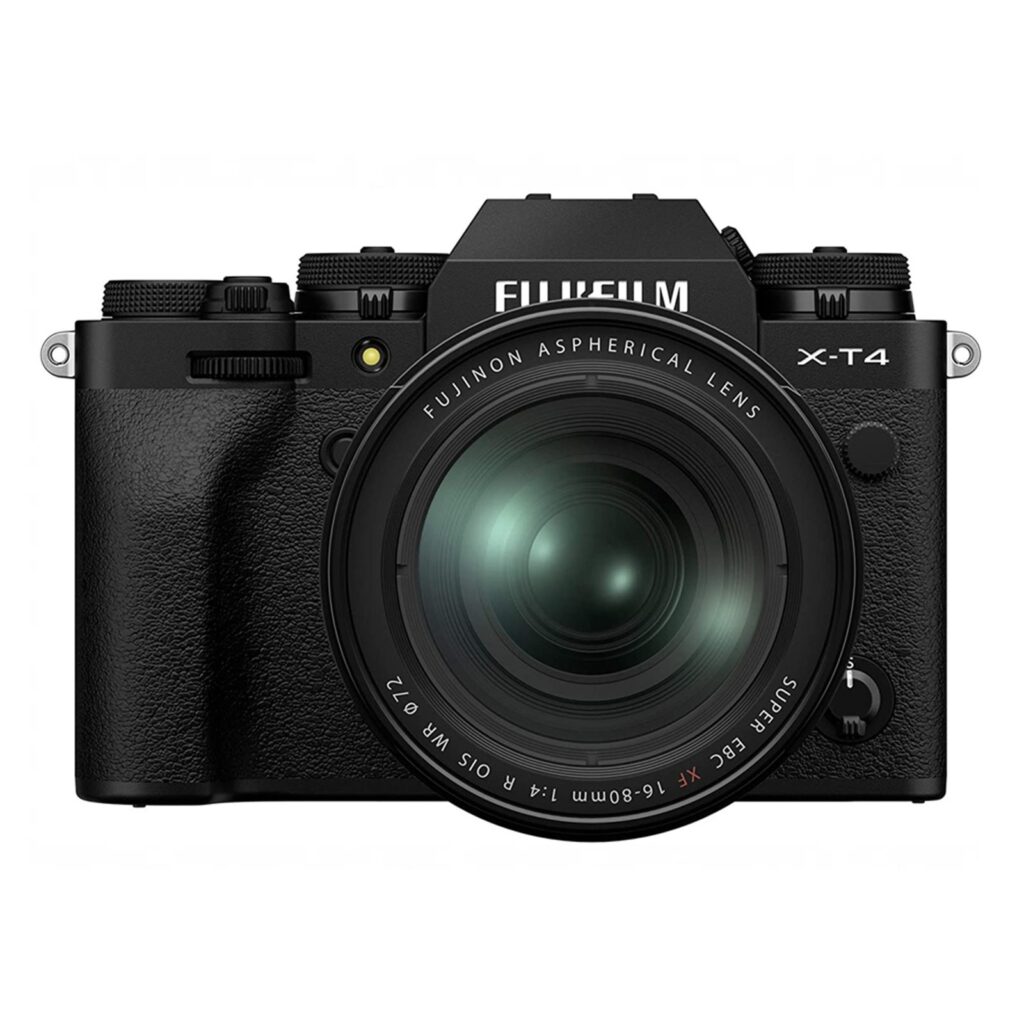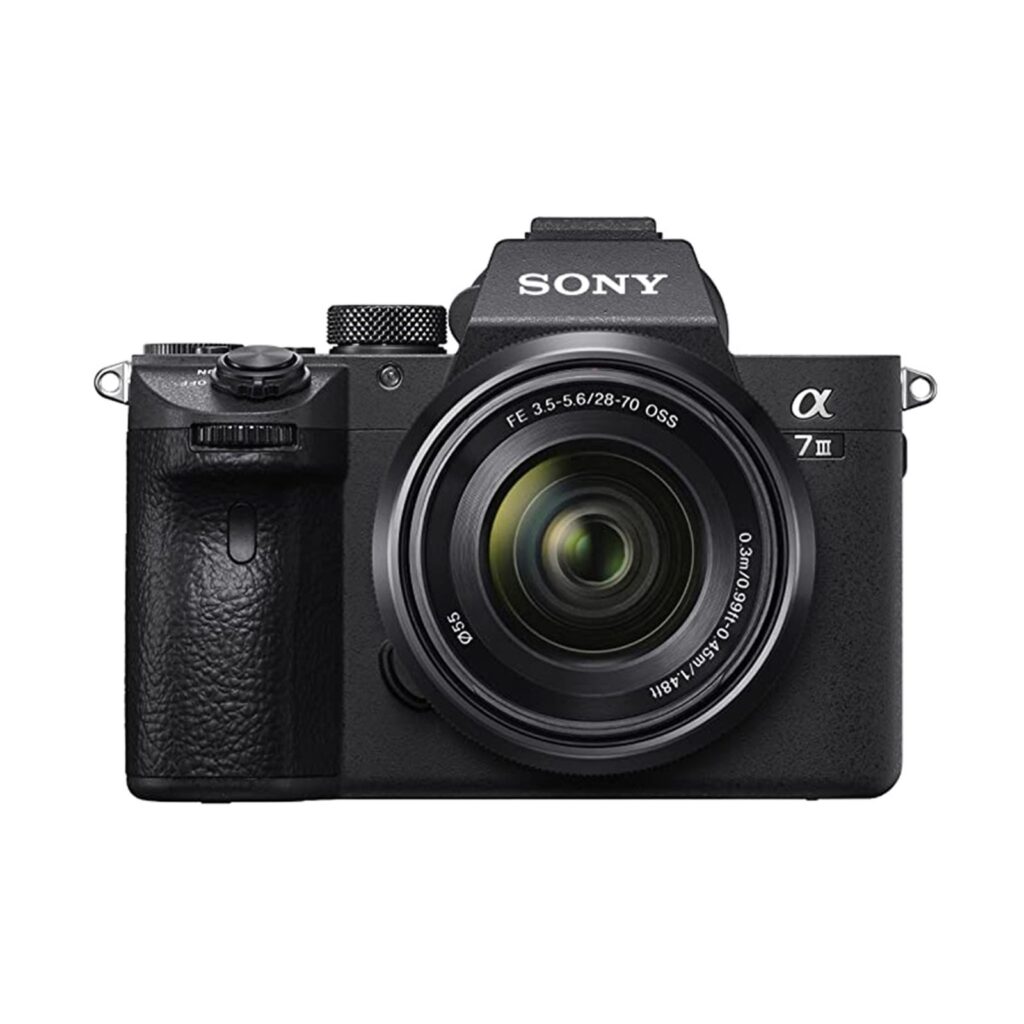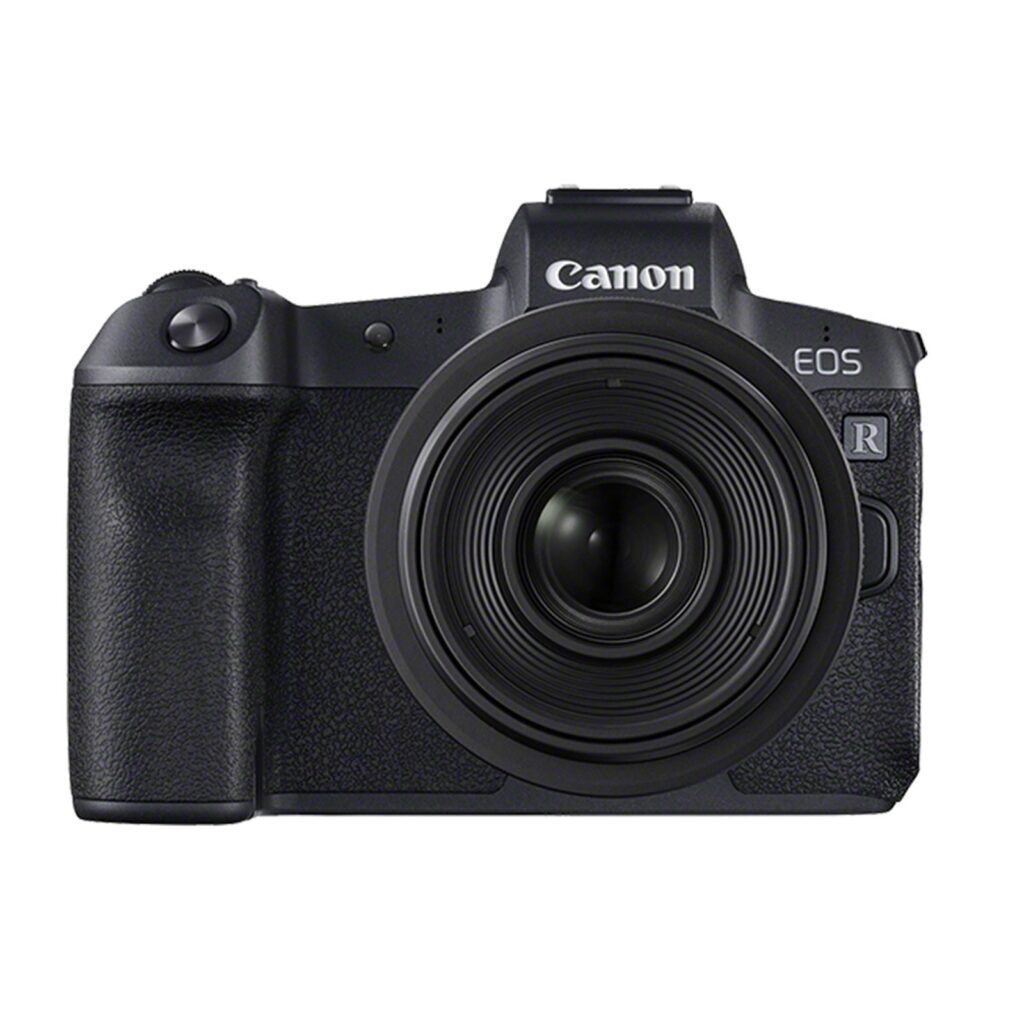If photography is no longer just a hobby, but a passion, it needs professional equipment. The range of cameras for advanced users can be quite overwhelming. But don’t worry: we will help you to choose the right model.
Action Camera Flashlight: Professional Camera models take your photos to the next level
Yes, something positive can be discovered even in the corona pandemic. So many people have found new hobbies for themselves: The gaming industry is booming, cycling is enjoying renewed popularity and photography is now also inspiring many people. What started as a simple ‘yes, let’s see’ experimentation has since developed into a steady hobby or even a real passion for many. In the beginning, you just snapped straight away, but now scenes are composed, the automatic mode is spurned and people like to wait until the light is really right. At some point, the ambitious hobby photographer will inevitably reach the point where an entry-level camera is no longer sufficient. There are many camera app as well that will allow us to edit and share camera photo directly.
How to Choose the Best Action Camera Flashlight?
When choosing an action camera flashlight, there are a few things you must be aware of. The camera must have a sturdy grip that is able to stay from its spot in the breeze. The camera should be waterproof, compact and portable , so that you can effortlessly transport it from one location to another. Other factors include:
- Weight and size
- Light output
- Type of battery and time of runtime
- Impact Distance
- Distance of beam
When choosing a device, be sure to check for additional functions and features that may be helpful to your job.
Action Camera Flashlight: 5 best Professional camera models of 2021
Photographers follow the principle “The photographer takes the picture, not the camera” – and it’s true: Often it’s not the camera that limits the possibilities for capturing good and creative pictures, but the photographer himself. Nevertheless, upgrading to a professional camera make sense. For example, if your own camera and its lens system are no longer supported, the camera no longer works reliably or you actually (and not just feel) reach the limits of your own equipment. It’s not just about buying, it’s about investing cleverly – preferably in one of the following five models
Olympus OM-D E-M5 Mark III

The Olympus OM-D E-M5 Mark III is highly appreciated among photographers and is certainly one of the most beautiful professional cameras.
The Olympus OM-D E-M1 Mark III It may have a cumbersome name, but it’s an excellent camera – and one of the most beautiful currently available. With a 20-megapixel Micro Four Thirds sensor, it lags behind the flagships of other manufacturers in terms of resolution, but is still very popular with photographers. Why? It has a powerful image stabilizer, rapid autofocus, a stable design and operation that is also very accessible for beginners. There is also a function for so-called high-resolution images, which can be used to take pictures with up to 80 megapixels using a tripod and panning sensor – which is great for landscape and architectural shots in particular. The camera also offers Full HD video at 60 frames per second, 4K video at 30 frames per second and Cine 4K video (4,096 x 2.
Fujifilm X-T4

The Fujifilm X-T4 looks retro but is state-of-the-art – a professional camera that opens up a huge creative playing field for photographers. Buy here: XT-4 (with 16-80 mm lens), from Fujifilm, 2,159 euros, via Media Markt PR
The Fujifilm X-T4 belongs to the upper middle class when it comes to digital photography. It has a high-resolution 26.1-megapixel sensor with integrated image stabilization that can record videos in HD at up to 240 frames per second (and therefore in slow motion) and in 4K resolution at up to 60 frames per second. Matching the analog camera optics, there is the possibility of simulating different film styles – and options for wide panorama shots and special effects can also be activated in the system camera, which make photos look like shots of a miniature landscape. The X-T4 opens up a huge creative playing field for photographers if they have enough muse. Because when it comes to operation, the professional camera is a challenge.
Tip: If you want to save some money and can accept small compromises, such as a horizontally folding display and an image stabilizer, it is worth taking a look at the almost identical X-T3.
Sony Alpha 7 III

The Sony Alpha 7 III takes excellent pictures and is also a very good video camera.
Anyone who owns a Sony Alpha 7 III has in his photo backpack can call one of the currently best cameras for real photo enthusiasts his own. With its large 24-megapixel sensor, it ensures excellent images – even in twilight, where other cameras fail. The same applies to the fast autofocus and the integrated image stabilization, which guarantees smooth images from the hand. The Sony Alpha 7 III is also a very good video camera, with 4K video at 24 frames per second and Full HD video at up to 120 frames per second. However, it takes some getting used to and training to navigate the confusing menus and locate features when you need them. In addition to the Sony Alpha 7 III, the 7S III and 7R III are offshoots of the professional camera, which come with a smaller but more sensitive sensor or a sensor with a higher resolution of 42 megapixels.
Nikon Z 6II

The Nikon Z 6II is not only slim, but in contrast to some other professional cameras, it can also be operated very intuitively.
For a professional Nikon camera, the Z 6II is surprisingly slim. No wonder, it’s one of the first cameras to build on the new Z mirrorless camera system. With a sensitive 24.5 megapixel sensor, the camera offers high resolution and good image quality even in poor lighting conditions. Videos can be recorded in 4K at up to 30 frames per second and in Full HD at up to 120 frames per second. In contrast to other cameras in the enthusiast and professional segment, the Nikon Z 6II can be operated very intuitively and does not scare you with gigantic menu structures. A negative point: There are not many lenses for the Z camera system. However, with an adapter, almost all lenses with the old F-mount can be used without any problems.
Canon EOS R

The Canon EOS R is a resolution monster and shines with fantastic image stabilization. Buy here: EOS R, from Canon, 1,939 euros, via Media Markt PR
The Canon EOS R is the first model in Canon’s new camera system and, with a 30.1 megapixel sensor, is a real resolution monster. The camera delivers huge photos and captures a lot of light even at dusk. Videos in 4K can be recorded at up to 30 frames per second and in Full HD at up to 60 frames per second. Others can do more in this area. However, the EOS R shines with a very quiet autofocus and fantastic image stabilization, which still make it a very good film camera. When it comes to operation, Canon breaks with classic concepts and relies on a touch-sensitive touch bar, which even some experienced photographers have to get used to. There aren’t many lenses available for the new RF mount yet.
Also Read: Facetime icon missing from home screen | Aesthetic facetime icon?


